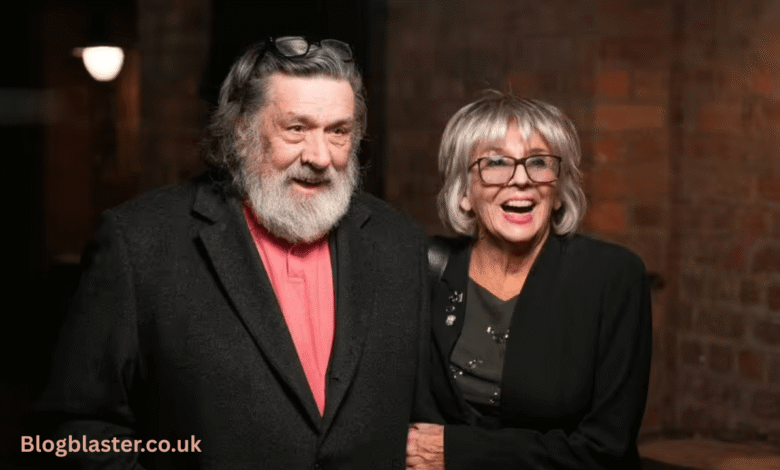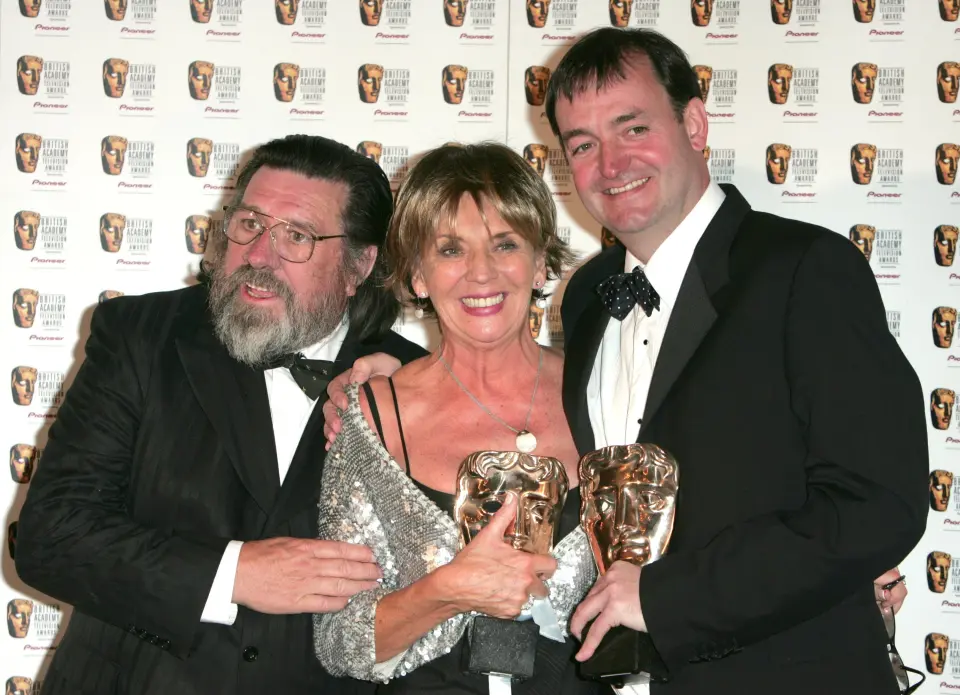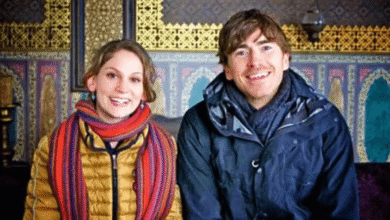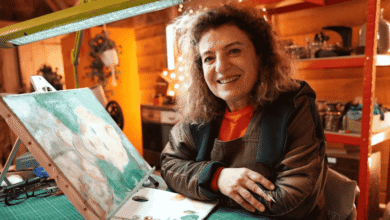David Pammenter: The Theatre Visionary and His Connection to Sue Johnston

David Pammenter, they often recall his connection to the celebrated British actress Sue Johnston, famous for her roles in The Royle Family and Brookside. However, beyond that public association lies a fascinating story of a man who made significant contributions to theatre education, performance, and creative learning in the UK. David Pammenter is more than just a name tied to a celebrity marriage; he represents a powerful force in Theatre-in-Education (TiE), a movement that shaped how drama could be used as a transformative learning tool. This article delves into his background, his contributions to the arts, and how his legacy continues to influence creative education.
Early Life and Background of David Pammenter
While much of David Pammenter’s early life remains private, it is known that he grew up in the UK during a time when the arts were becoming a key instrument for community and educational development.
In the 1960s and 70s, theatre was increasingly seen as a way to engage young audiences, not only for entertainment but for social awareness and education. David’s interest in this field aligned with this cultural wave, eventually leading him to work in Theatre-in-Education programs — collaborative, interactive performances designed to spark learning and empathy among schoolchildren.
David Pammenter and Theatre-in-Education
One of the defining aspects of David Pammenter’s career is his involvement in Theatre-in-Education (TiE). This approach to theatre was revolutionary for its time, blending performance with pedagogy.
TiE aimed to:
- Encourage critical thinking through role play and dramatic interaction
- Address social, political, and ethical issues through storytelling
- Bring theatre to schools, community centers, and underserved audiences
David Pammenter worked alongside other notable figures in the TiE movement, helping to design interactive plays and workshops that combined artistry with education. His work contributed to the recognition of theatre as a valuable educational methodology, influencing how drama is used in classrooms to this day.
David Pammenter and His Connection to Sue Johnston

Another widely known aspect of David Pammenter’s life is his marriage to Sue Johnston, one of Britain’s most beloved actresses. The two met in the 1970s when both were emerging talents in the theatre world. They married in 1976 and later had a son named Joel Pammenter.
Sue Johnston has occasionally mentioned her former husband in interviews, often acknowledging that their shared love of theatre and creativity brought them together early in their lives. Though their marriage ended in divorce, they maintained mutual respect, particularly given their shared professional backgrounds.
The couple’s relationship offers an intriguing glimpse into the interconnected world of British theatre, where collaboration and shared passion often blur the lines between personal and professional life.
The Legacy of David Pammenter in Drama Education
While Sue Johnston rose to fame in television and film, David Pammenter pursued a quieter yet equally meaningful path in drama education and community arts.
He became involved in projects that used theatre as a medium for empowerment, particularly among youth. His methods often emphasized:
- Empathy through storytelling – encouraging participants to see the world through others’ perspectives
- Creative collaboration – focusing on teamwork and improvisation
- Critical reflection – helping students think about social justice, equality, and self-expression
His dedication helped institutionalize Theatre-in-Education as a respected discipline in the UK. Many educators and performers cite David Pammenter’s influence in shaping modern practices that combine education and performance art.
Other Individuals Named David Pammenter
Interestingly, David Pammenter is not a unique name, and searches reveal several individuals who share it — each making their own mark in different fields.
For example:
- David Pammenter serves as an Audio Visual and Multimedia Officer at the University of Edinburgh, contributing to academic technology and digital learning.
- Another, David John Pammenter, is recorded in historical archives as a World War II serviceman.
While these individuals are distinct from the theatre practitioner, they collectively reflect a name associated with education, service, and creativity — reinforcing the positive legacy surrounding “David Pammenter.”
David Pammenter’s Influence on Modern Theatre Practices
The principles pioneered by David Pammenter in Theatre-in-Education continue to resonate today. Modern practitioners often credit the 1970s and 80s TiE movement for shaping contemporary interactive theatre.
Programs like:
- Applied Theatre
- Community Drama
- Socially Engaged Performance
…all owe a debt to the groundwork laid by early innovators such as David Pammenter.
He emphasized participation over performance, viewing the audience not as passive observers but as active collaborators in storytelling. This mindset paved the way for today’s immersive theatre trends, from classroom performances to large-scale public installations.
Personal Life and Family
Beyond his professional life, David Pammenter is known through his family connection to Sue Johnston and their son Joel Pammenter, who has largely stayed out of the public eye.
Despite their separation, both parents remained committed to fostering creativity and educational values reflected in Sue Johnston’s later advocacy for arts access and David’s lifelong work in the same domain.
Their shared philosophy demonstrates how the arts can serve as both a profession and a profoundly personal calling, bridging differences and inspiring others across generations.
Recognition and Continued Relevance
While David Pammenter may not be a household name like his former wife, his work has had an enduring influence. Many theatre educators continue to study his methods and those of his contemporaries as they explore the evolution of educational drama.
His career exemplifies the importance of behind-the-scenes contributors — individuals whose impact is felt not through fame, but through the countless students, performers, and teachers they’ve inspired.
In the age of digital learning and interactive media, the foundations that David Pammenter helped build remain remarkably relevant.
David Pammenter in the Context of British Theatre History
To appreciate David Pammenter’s role, it’s important to place him within the broader historical context of British theatre. The postwar period saw the rise of socially conscious theatre, where performances tackled class inequality, race, education, and human rights.
Figures like David Pammenter helped translate those big ideas into practical, educational formats that could reach children and communities. This approach not only democratized theatre but also strengthened its role as a tool for change — a legacy that continues in modern UK theatre festivals and education programs.
Conclusion: The Lasting Legacy of David Pammenter
In summary, David Pammenter stands as a remarkable figure in the realm of Theatre-in-Education, combining creativity, education, and social consciousness in ways that continue to shape performing arts today.
You May Also Read: Jeremy Gittins Actor: The Life and Career of a British Comedy Legend



